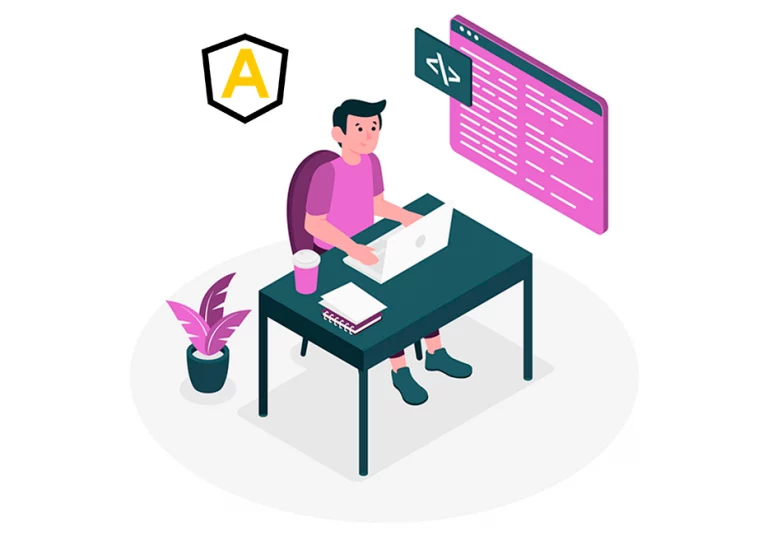Learning Objectives :
TypeScript is essential for building apps using Angular. Developers often use ECMAScript 6 and above to build Angular apps, but it is also necessary to learn TypeScript before diving into Angular itself. The following module will teach you everything that is needed :
Sub Topics :
Introduction
What is Typescript
Why Typescript
Setup and installation
IDE support
Scoping using let and const Keywords (ES6)
Template Literals (ES6)
Rest and Spread Parameters (ES6)
Destructuring (ES6)
Introduction to Types
Type inference
Type Annotations
Number
Boolean
String
Array
Tuple
Enum
Any
Void
Null and Undefined
Never
Introduction to Functions
Using types in functions
Function as types
Optional and default parameters
Arrow functions
Introduction to Classes
Inheritance
Access modifiers
Getters and setters
Read-only and static
Introduction to Interfaces
Optional properties and methods
Strict structural contract
Extending interface
Implementing interface
Introduction to Modules
Import / Export
Default
Decorators
Hands-on:
Design variables using let and const, use spread, and the other operators with functions, create multi-line strings with template literals, pull values for arrays and objects using destructuring.
Design variables with different TS-supported data types.
Create functions with optional, mandatory, and default parameters.
Create arrow functions.
Implement inheritance build classes with properties, methods, and accessors.
Implement interfaces in classes, learn to create an interface, and use it to validate object shapes.
Create modules and import them into other modules.

